2.4 Hugging Face Spaces
Contents
2.4 Hugging Face Spaces#
In this lesson, we learn more about Hugging Face Spaces, when to use them, and how to make them.
What are Hugging Face Spaces#
Hugging Face Spaces lets you host your machine learning demos directly on Hugging Face, making it easy to share your ML portfolio and showcase your projects. This is useful both for data scientists that want to show what they are able to do, and for companies for similar reasons.
For example, have a look at the spaces built by Microsoft, Meta AI, Salesforce, Stability AI, and EleutherAI.
Examples of Popular Hugging Face Spaces#
To get a better grasp of what you can do with Hugging Face Spaces, let’s see some popular examples of them.
Stable Diffusion#
In this space, you can easily test the Stable Diffusion 2.1 model from Stability AI, a powerful text-to-image model.
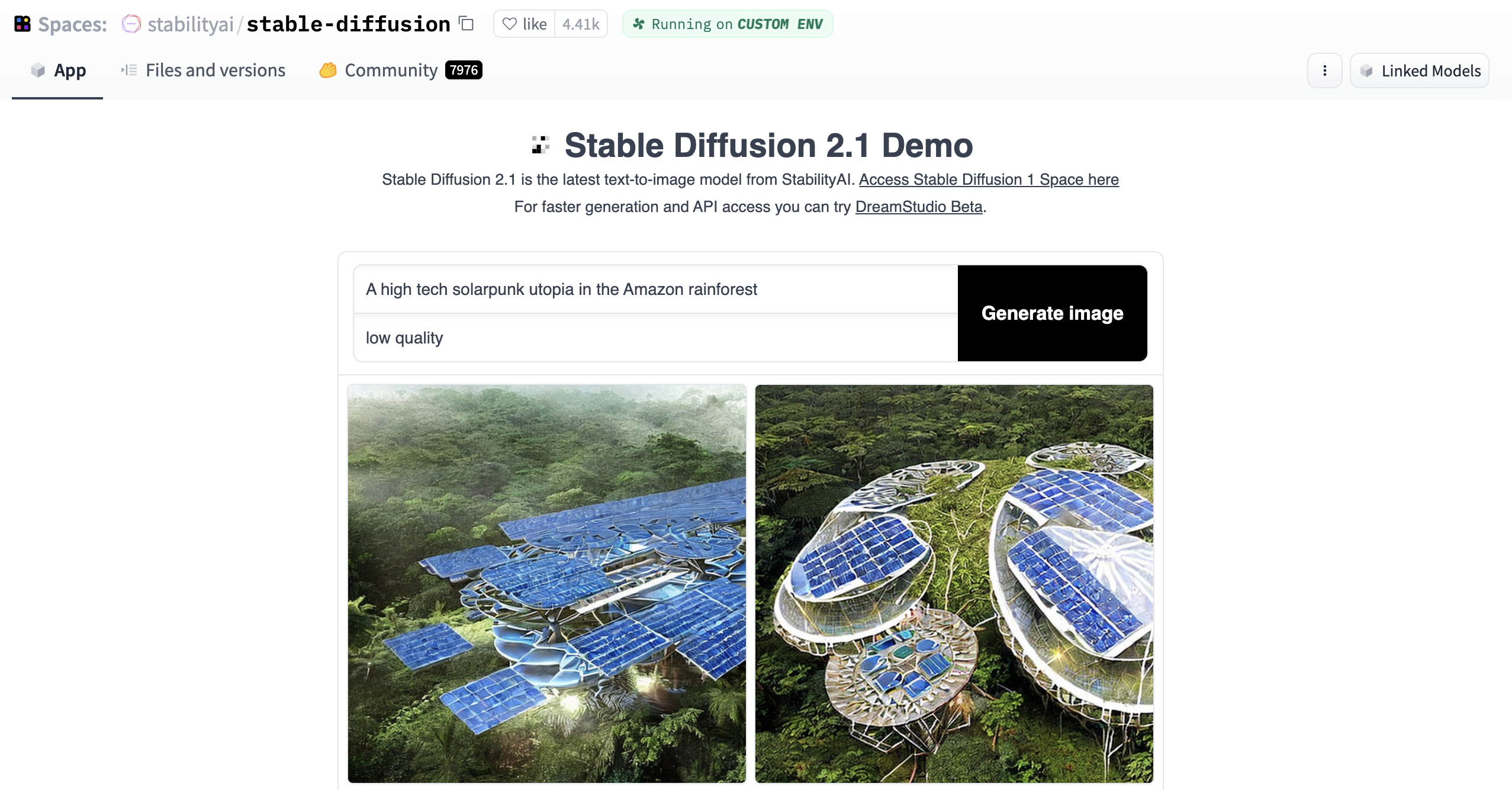
Whisper#
In this space, you can record yourself from a microphone and let Whisper transcribe your audio. Whisper is a general-purpose speech-to-text model from OpenAI.
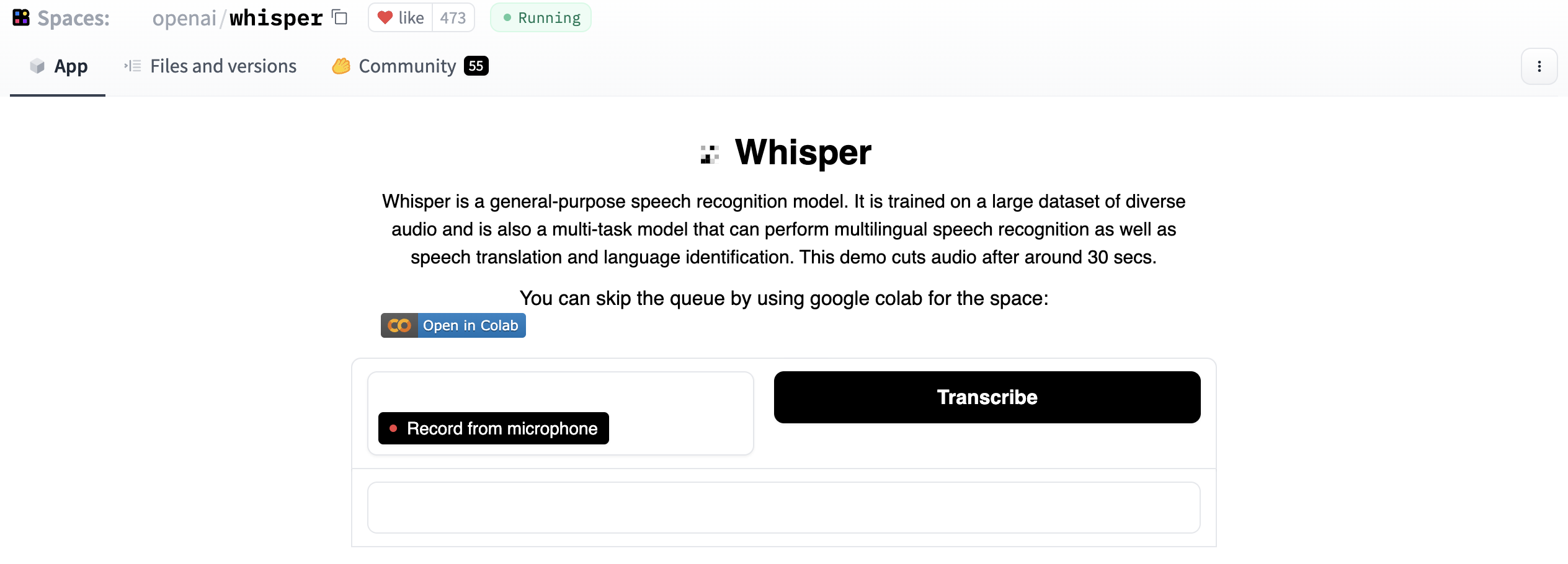
This Pokémon Does Not Exist#
In this space, you can generate fake Pokémon cards from scratch using a fine-tuned version of the ruDalle model.
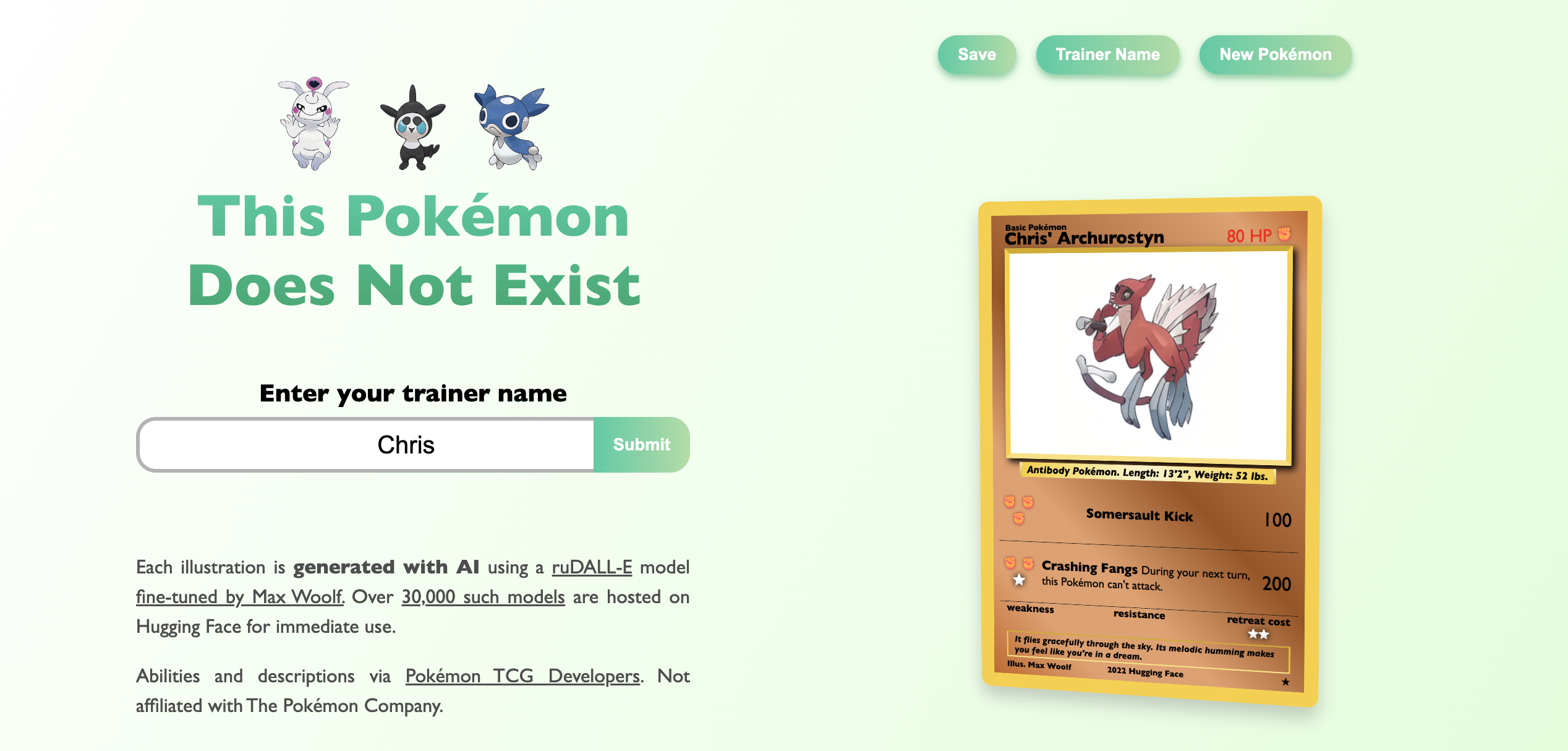
Image to Music#
In this space, you can generate music from an image, leveraging a CLIP interrogator and the Mubert model.
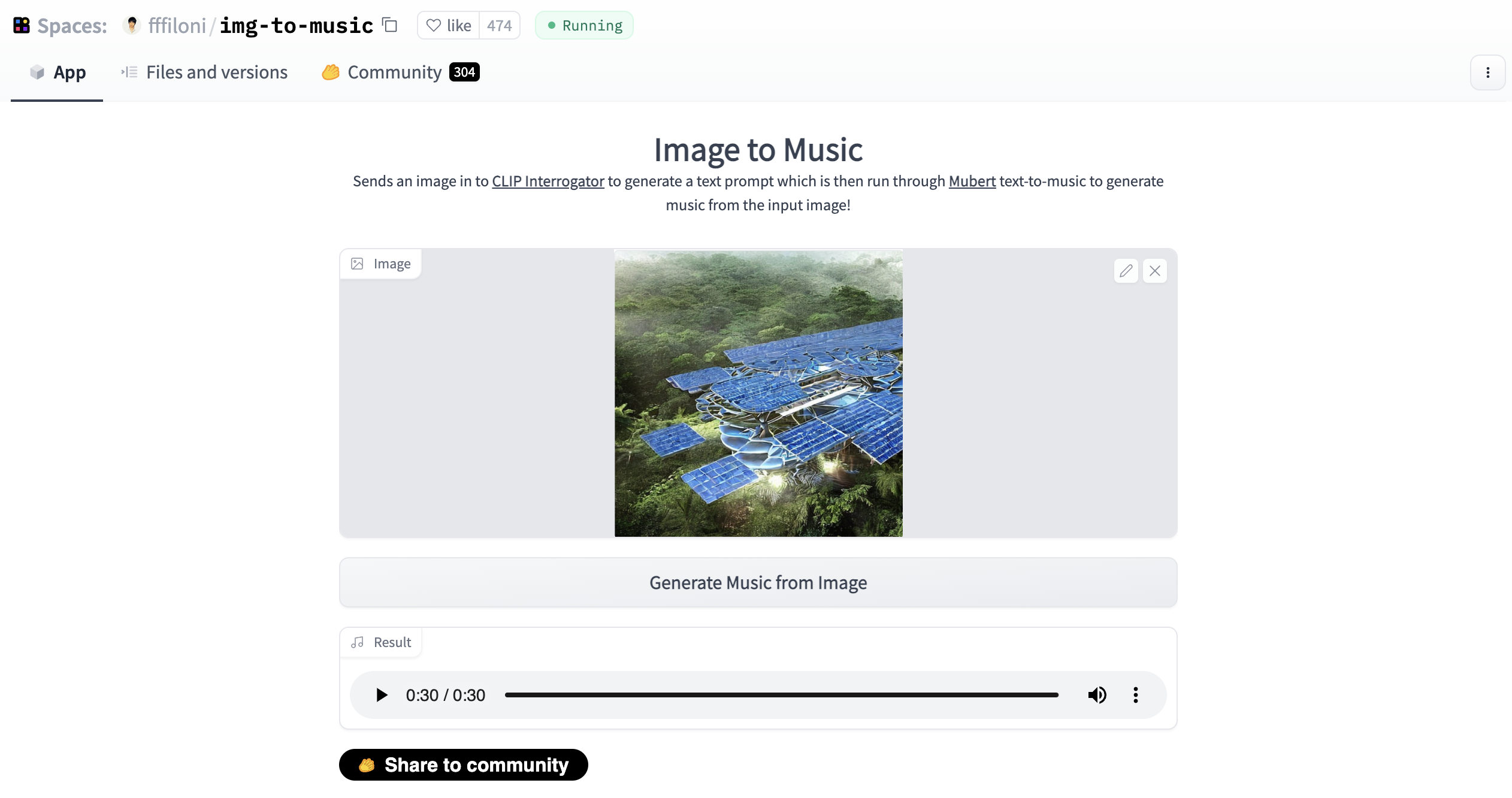
Document Layout Analysis#
In this space, you can upload a PDF document and let the DiT model find text sections, tables, etc.
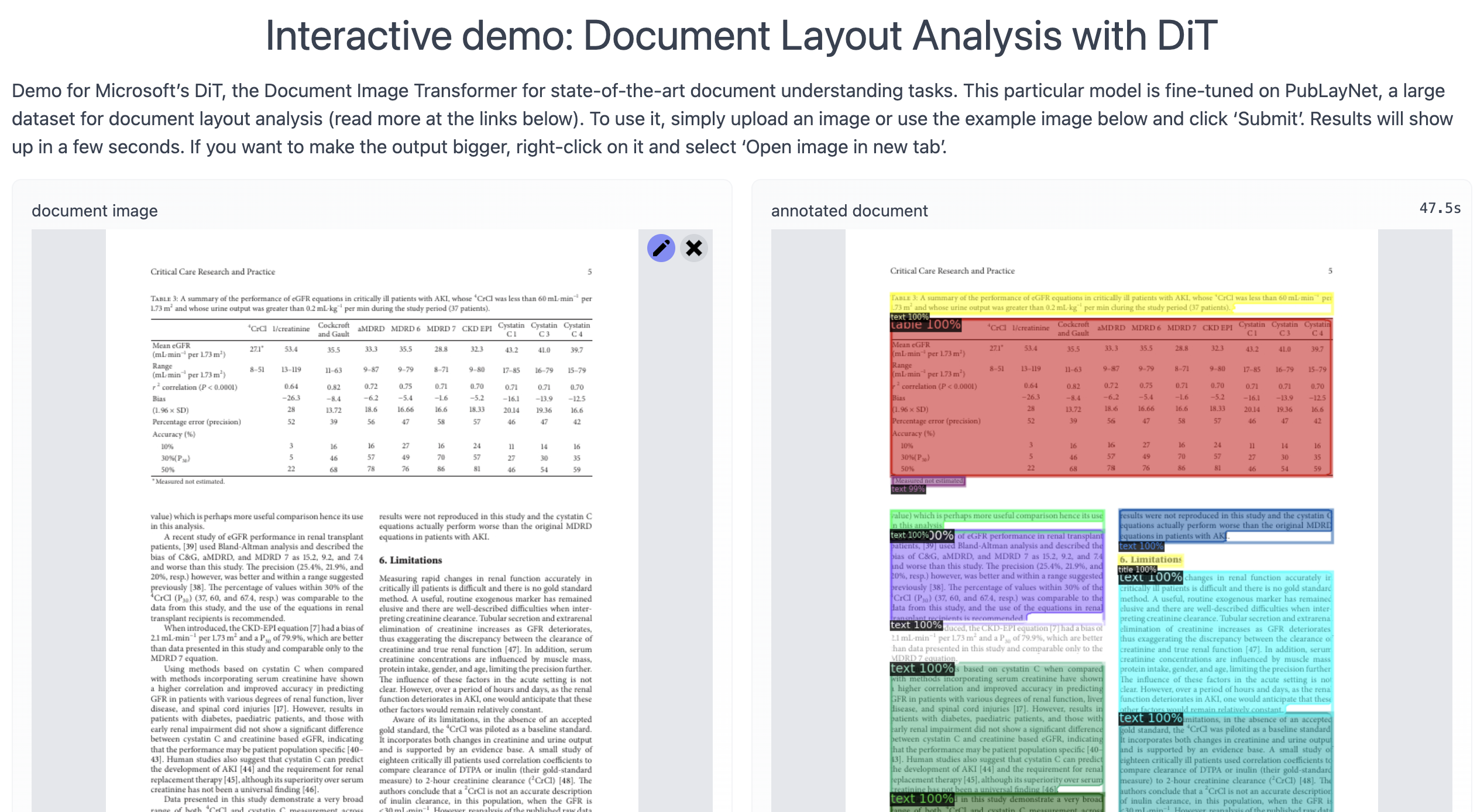
How to create Hugging Face Spaces#
Creating a Hugging Face Space is very easy, read this guide to find out.
Currently, it’s possible to host ML demos built with Gradio, Streamlit, or directly with HTML and JavaScript. Gradio and Streamlit are Python libraries specifically written to provide an easy way for data scientists to build graphical data and machine learning applications.
Quiz#
What are the libraries that can be used to publish apps with Hugging Face Spaces?
Streamlit and Gradio.
Bokeh and Plotly.
Matplotlib and Seaborn.
Answer
The correct answer is 1.
Questions and Feedbacks#
Have questions about this lesson? Would you like to exchange ideas? Or would you like to point out something that needs to be corrected? Join the NLPlanet Discord server and interact with the community! There’s a specific channel for this course called practical-nlp-nlplanet.

